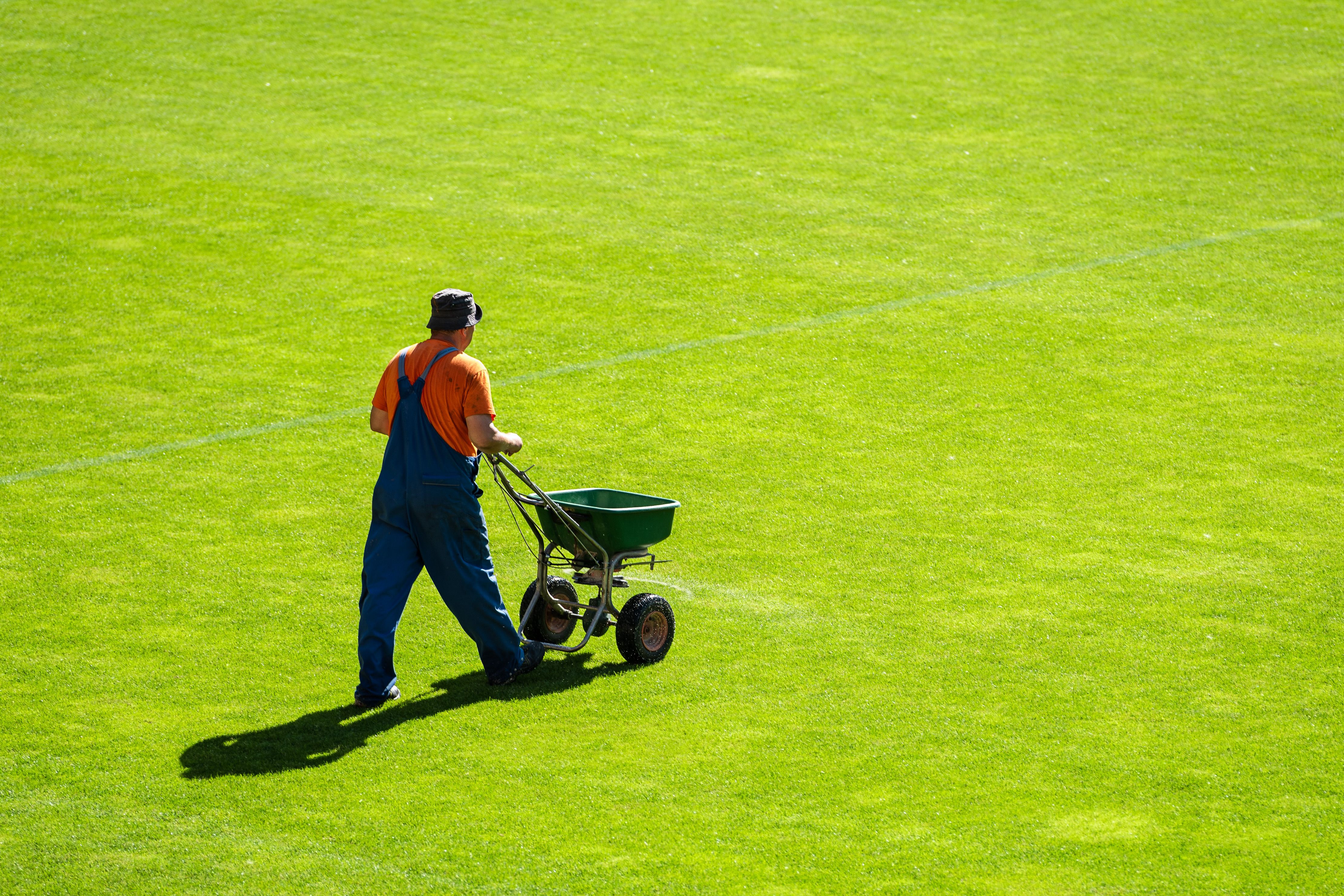Understanding Fertilisers

When looking at fertilisers, you will often see a series of numbers, like 9-7-7, which refer to the NPK content of the fertiliser. NPK stands for nitrogen, phosphorus, and potassium, which are the three primary nutrients that plants need to grow. In addition to NPK, fertilisers may also contain other nutrients like magnesium (MgO), calcium (CaO), and iron (Fe). Here's what each of these nutrients do:
Nitrogen (N):
Nitrogen is the nutrient that promotes green, healthy growth. It is essential for photosynthesis, the process by which plants produce food. Fertilisers with high nitrogen content are good for promoting leaf growth and overall plant health.
Example of high nitrogen: Landscaper Pro 20-0-7
PHOSPHORUS (P):
Phosphorus is essential for root development and flower and fruit production. Fertilisers with high phosphorus content are good for promoting root growth and flowering.
Example of high phosphorus: Sierrablen Plus 20-20-8
Potassium (K):
Potassium helps plants regulate water balance and resist disease and stress. Fertilisers with high potassium content are good for promoting overall plant health and resistance to stress.
Example of high potassium: Sierrablen Plus 15-0-28
Magnesium (MgO):
Magnesium Oxide promotes plant health and early growth. It is also essential in the plant’s ability to metabolise nitrogen as well as chlorophyll synthesis, and helps turf utilise iron and Phosphate. Essentially, MgO helps with plant colour.
Example of MgO: Sportsmaster 8-12-8 +6CaO +3MgO
Calcium (CaO):
Calcium Oxide helps in plant cell division as well as cell wall formation. A good healthy cell wall helps in preventing disease, and also aids in the uptake and movement of other nutrients through the plant. It is very useful in summer, encouraging good respiration which aids with relieving heat stress.
Example of CaO: ProTurf 20-0-7 +3CaO +3MgO
Iron (Fe):
Iron, which is essential in Chlorophyll production and so helps with plant colour. Iron is also a good element for combatting disease and so can be used as a first treatment for some fungal diseases.
Example of Fe: Landscaper Pro Triple Action 14-0-5 +8Fe
When choosing a fertiliser for your grass, it's important to consider the specific needs of your lawn. You should choose a fertiliser with the appropriate NPK and other nutrient ratios to address those deficiencies. Over-fertilising can lead to problems like burn or stress, so be sure to follow the instructions on the fertiliser packaging carefully.
We recommend you always use a spreader. This ensures that the fertiliser is applied evenly across your lawn, which is important for avoiding uneven growth and potential burn spots. If you apply fertiliser by hand, it's easy to apply too much in some areas and not enough in others, resulting in a patchy lawn.
What’s the difference between granular and liquid fertilisers?
Granular Fertilisers:
- Granular fertilisers come in solid, pellet or powder form.
- They are typically applied using a spreader.
- They release nutrients slowly over time, providing a longer-lasting source of nutrients for your grass.
- Granular fertilisers are easier to store and handle than liquid fertilisers.
- They are often less expensive than liquid fertilisers.
- Granular fertilisers are better suited for larger areas, as they can be applied more quickly and efficiently.
Liquid Fertilisers:
- Liquid fertilisers are applied as a liquid solution, typically using a sprayer.
- They are quickly absorbed by grass roots, providing fast results.
- Liquid fertilisers are more flexible in terms of application rates, allowing for more precise control over the amount of fertiliser applied.
- They are easy to mix with other products, such as weed killers or insecticides, for a comprehensive lawn care treatment.
In summary, both types of fertilisers have their own unique benefits and can be effective tools in promoting a healthy and lush lawn. Ultimately, the choice between granular and liquid fertilisers will depend on your specific lawn care needs and preferences.

